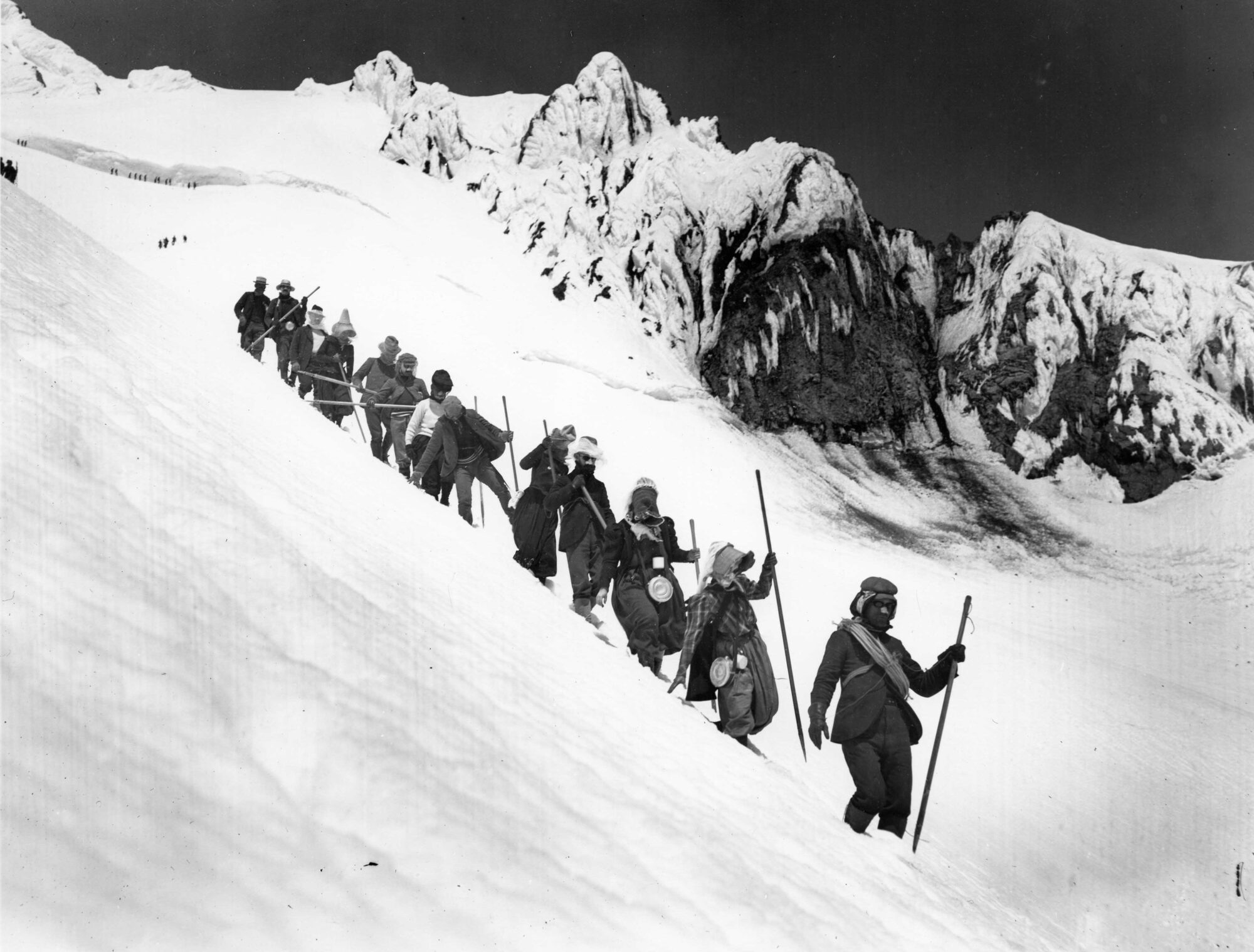by Alissa Lesperance, ACE Certified Personal Trainer and Yoga Instructor
Why should I do exercises to strengthen my hips? Weak gluteal muscles can lead to a multitude of issues, not limited to: overactive hamstrings, low back pain, IT Band syndrome, runner’s knee, plantar fasciitis and piriformis syndrome. Aside from the aesthetic appeal of well-developed buns, strengthening and stretching the hips will keep your hip and knee joints stable while preventing injury and relieving pain.
Would you believe that there are 17 muscles in the hips? These 17 muscles are then subdivided into four groups: abductor, adductor, gluteal and iliopsoas. For the sake of our article today, we will discuss only the gluteal.
The gluteal muscles (otherwise know as “the glutes”) are Gluteus meduis, minimus and maximus.
The Gluteus maximus, in addition to being the most visible buttox muscle, is the strongest muscle in the human body. Its main function is extending the hip, whether to step upward on a steep trail or to push on a cross-country ski.
Gluteus medius connects between the ilium (hip bone) and the greater trochanter (outer edge of the upper leg bone or femur). The Gluteus minimus lies directly beneath the Gluteus medius. These two muscles (outer glutes) work together to abduct the leg (or move it away from the body’s midline) and help support the body when standing on one leg. Depending on the leg position, they also assist in either internally or externally rotating the thigh. These muscles not only help stabilize the hip but also assist in proper knee tracking.
Gluteal muscles may become weak from sitting for too long (i.e. working at a desk) or general disuse. When the hip flexor muscles become shortened, the gluteal muscles in turn become over-stretched. When muscles become over-stretched, they become weak (like an over-stretched rubber band). At this point the brilliant body searches out other muscles to perform the function of the weak glutes. And although some of our activities, will build the gluteus maximus (i.e. cycling or hiking) they do little to strength the outer glutes.
Now that you know the why, let’s talk about what we can do about it. Here are a couple of exercises you can add into your strength-training routine to strengthen the glutes.
Bridges:
1. Begin by lying on your back with the knees bent, feet flat on the floor hip-width apart (for variation, you may start with your heels on the floor and toes lifted).
 2. Engaging the gluteal muscles, lift the hips off of the floor until there is a diagonal line from the knees, through the hips, to the shoulders. Take care that you do not arch your back when lifting. The pubic bone and lower ribs should pull together, engaging the core of the body.
2. Engaging the gluteal muscles, lift the hips off of the floor until there is a diagonal line from the knees, through the hips, to the shoulders. Take care that you do not arch your back when lifting. The pubic bone and lower ribs should pull together, engaging the core of the body.
3. Hold for five breaths and then lower (Repeat up to five times)
4. As this exercise becomes easier, you may choose to march the feet once in the lifted bridge position. Take care that the hips stay level and do not tip side to side. If they do, go back to step one until you have enough strength to perform the exercise properly.
Resisted Side Steps:
 1. For this exercise, you will need exercise tubing or thera band. Begin by placing the band either around your ankles (if it’s a closed circle) or a loop under the arches of your feet with a handle in each hand (if it’s a long tube).
1. For this exercise, you will need exercise tubing or thera band. Begin by placing the band either around your ankles (if it’s a closed circle) or a loop under the arches of your feet with a handle in each hand (if it’s a long tube).
2. Standing with feet parallel at all times, step one foot out to the side a few inches (abducting the leg) and place it on the floor. Step the other leg in toward it without taking all of the tension out of the band.
3. Continue to step in one direction for 10-20 steps and then repeat in the opposite direction.
I hope this helps. If you have any questions or are looking for a more personalized fitness program, feel free to contact me directly at alissalesperance@gmail.com


